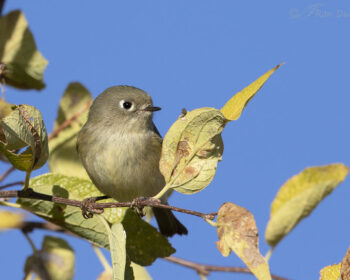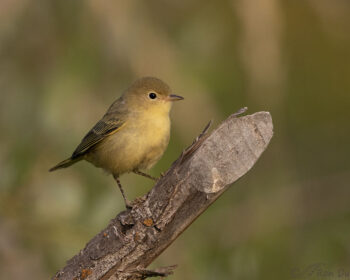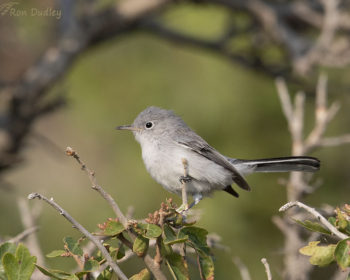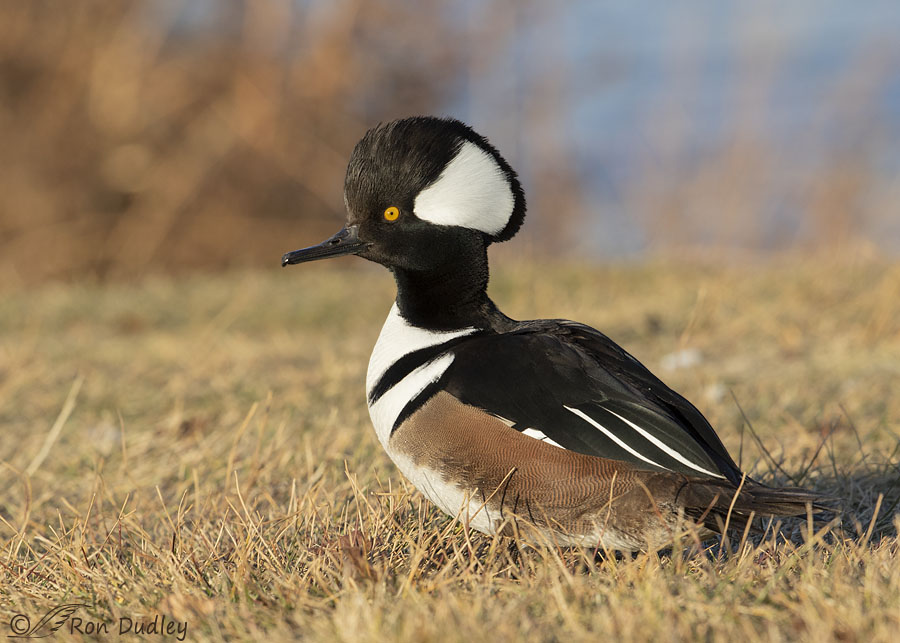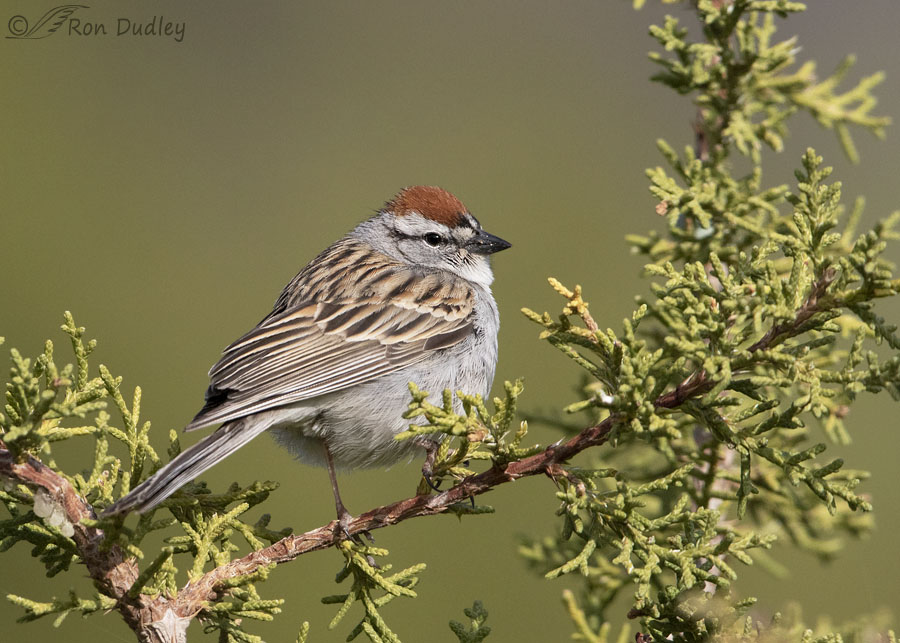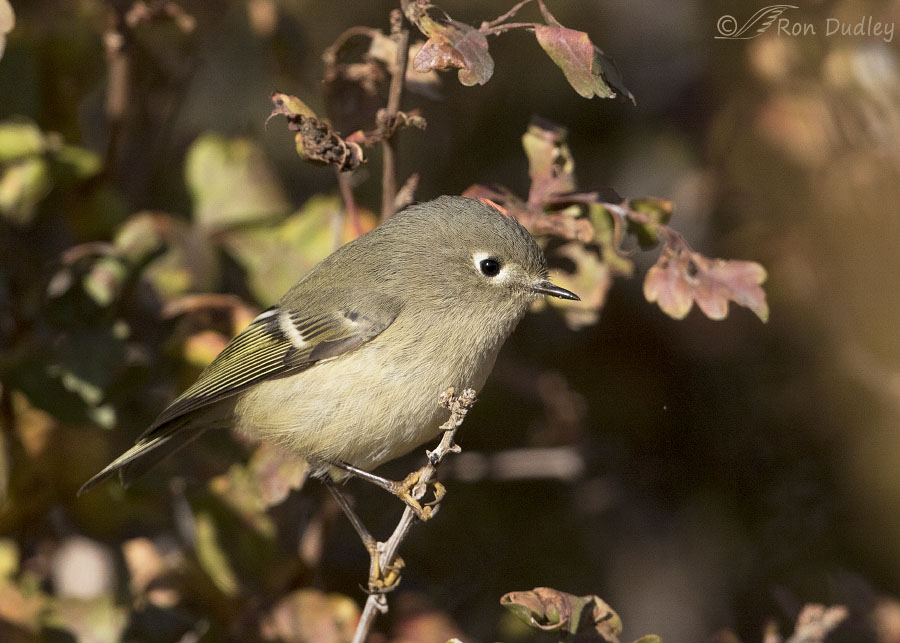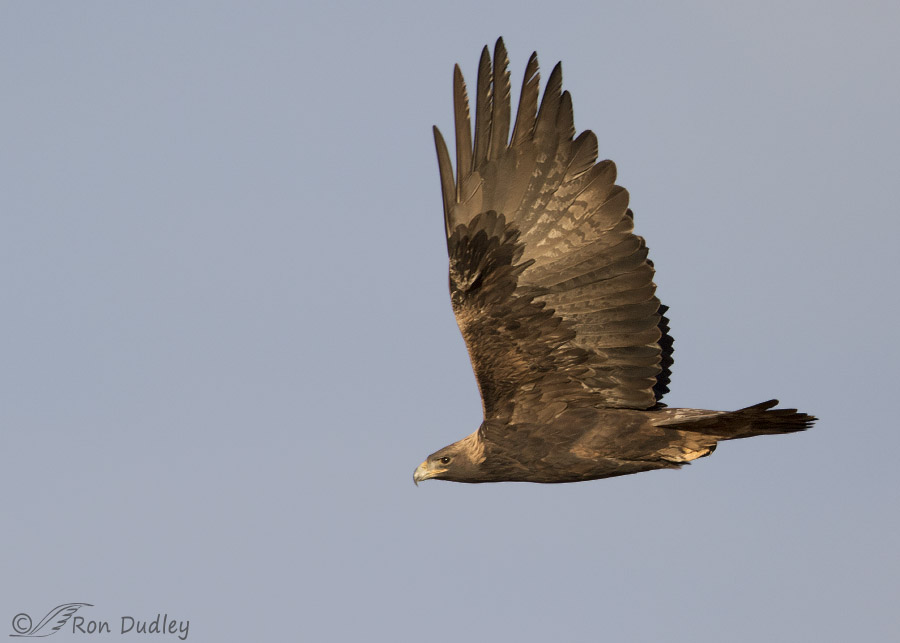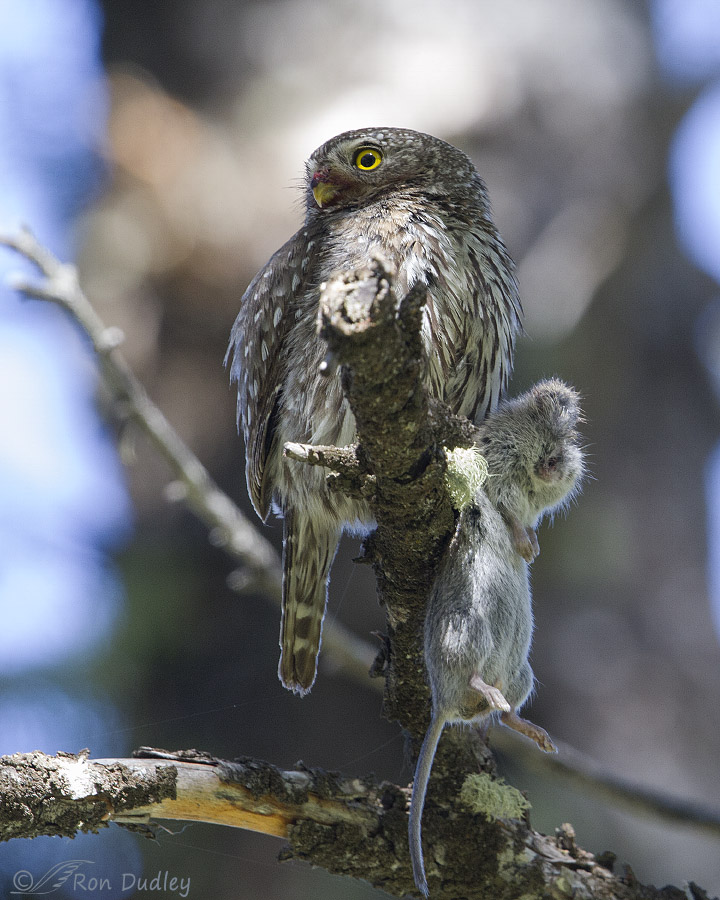Tag: size
Yellow Warbler Ascending
Blue-gray Gnatcatcher In A Fragrant Sumac Bush
Drake Hooded Merganser Out Of The Water
Chipping Sparrow Framed By Juniper
Male Ruby-crowned Kinglet
Golden Eagle In Flight – A Three Image Series (+1)
Northern Pygmy Owl With (big) Prey
Eared Grebes In Utah
Eared Grebes are the most abundant grebe on the planet and immediately after the breeding season most of the population on this continent migrates to either Mono Lake, California or the Great Salt Lake in my back yard where they feed on brine shrimp and brine flies. 1/800, f/7.1, ISO 500, 500 f/4, 1.4 tc Most of the grebes that I see are on the Great Salt Lake where it’s difficult to get quite close enough to them for photography purposes but occasionally I’ve seen them on smaller ponds where they’re attracted by insect hatches. 1/400, f/8, ISO 500, 500 f/4, 1.4 tc The eye of this species is incredibly red, almost unbelievably so. Just to be clear, I’ve not applied any saturation to these photos. 1/800, f/7.1, ISO 500, 500 f/4, 1.4 tc These birds are tireless feeders and divers. In scientific studies it’s estimated that they consume between 8,000 and 70,000 brine shrimp per day. That’s a lot of diving! 1/1600, f/8, ISO 500, 400 f/4, 1.4 tc When there’s an insect hatch they feed on the surface and as they scurry from bug to bug they’re very difficult to follow because of their quick turns and amazing swimming speed – it can be almost as challenging for the photographer as photographing small birds in flight. Here the grebe has spotted a floating midge on the left… 1/1600, f/8, ISO 400, 500 f/4, 1.4 tc approaches the midge very quickly… 1/1600, f/8, ISO 400, 500 f/4, 1.4…


